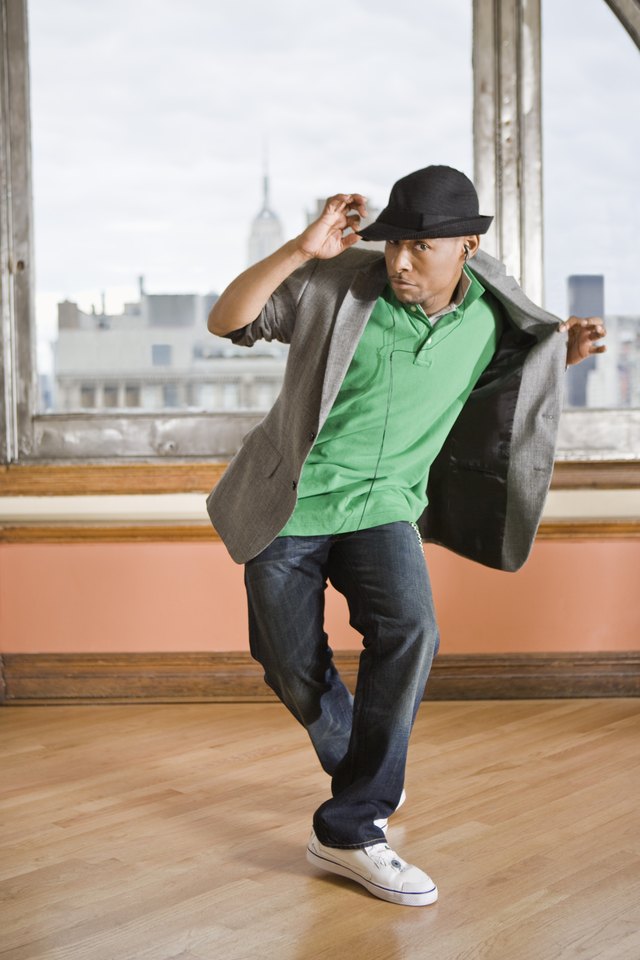How to Take Care of Your Knees When You Dance

Most types of dance offer both cardiovascular and strength-training benefits, making dance a good choice for a healthy exercise routine. However, dancing can pose a risk to your knees because of the impact placed on them during certain dance moves. Professional dancers are at an increased risk of overuse injuries because of the time they spend dancing. Proper training and care can reduce the possibility of an injury on the dance floor for professionals and amateurs alike. Talk to your doctor about an appropriate dance routine based on the health of your knees.
Learn proper form and technique, which varies depending on the type of dance you choose. Take classes to learn how to execute the moves properly. An experienced trainer can help you learn how to hold and position your knees during dance to keep them safe.
Wear proper dancing shoes. Some types of dancing, such as ballet, tap or ballroom, require specific shoes, which are designed to support the moves in that style of dance and protect your knees. In general, wear comfortable shoes that offer some slippage so you can dance but that are not too smooth on bottom. Soft soles allow your feet to move without interfering with balance.
Wear a knee brace. This helps control the range of motion in your knees, keeping you stable on the dance floor. Professional dancers may not be able to wear a brace during performances but can wear one during practice.
Stretch before dancing. This warms up the muscles, tendons and ligaments in and around your knees by increasing blood flow to the area, reducing the risk of injury during a dance session.
Avoid bending your knees for extended amounts of time. Sometimes this happens when learning new moves. Take a break to straighten your knee if you feel any pain or discomfort.
Strength-train two to three times per week. This strengthens your muscles, including those around your knee, which can mitigate the risk of injury when you dance. Exercises that benefit the knee include leg presses, hamstring curls, knee extensions, squats, toe raises and calf raises.
Stop dancing if you feel pain in your knees. Pain could indicate improper form but also might signal an injury to your knees. Take a break and talk to your doctor before continuing your dance schedule.
Rest as often as possible. This isn't as easy for professional dancers, but taking a day off to rest allows your knees to repair themselves and prevents overuse injuries and chronic pain problems.
References
- Massachusetts General Hospital: Strength Training for the Knee
- International Association for Dance Medicine and Science: Dance Fitness
- Dance 101: What to Wear?
- Harkness Center for Dance Injuries: Knee and Thigh
- Dance Web: Preventing Dance Injuries: Part 2: Avoiding Injury to the Knee
- University of California San Francisco Medical Center: Take Care of Your Knees
- Preventing Dance Injuries; Ruth L. Solomon
Writer Bio
Eliza Martinez has written for print and online publications. She covers a variety of topics, including parenting, nutrition, mental health, gardening, food and crafts. Martinez holds a master's degree in psychology.
